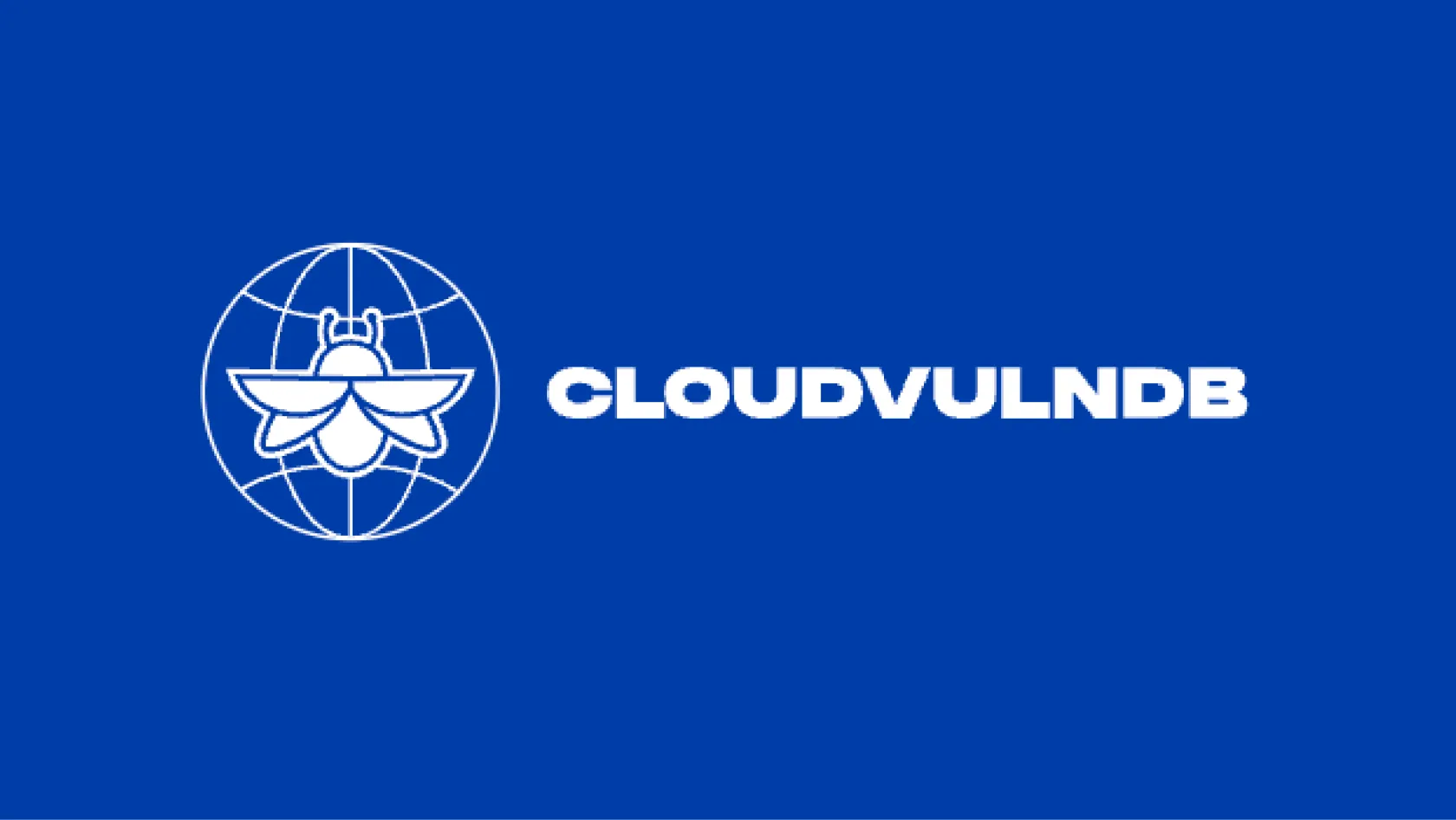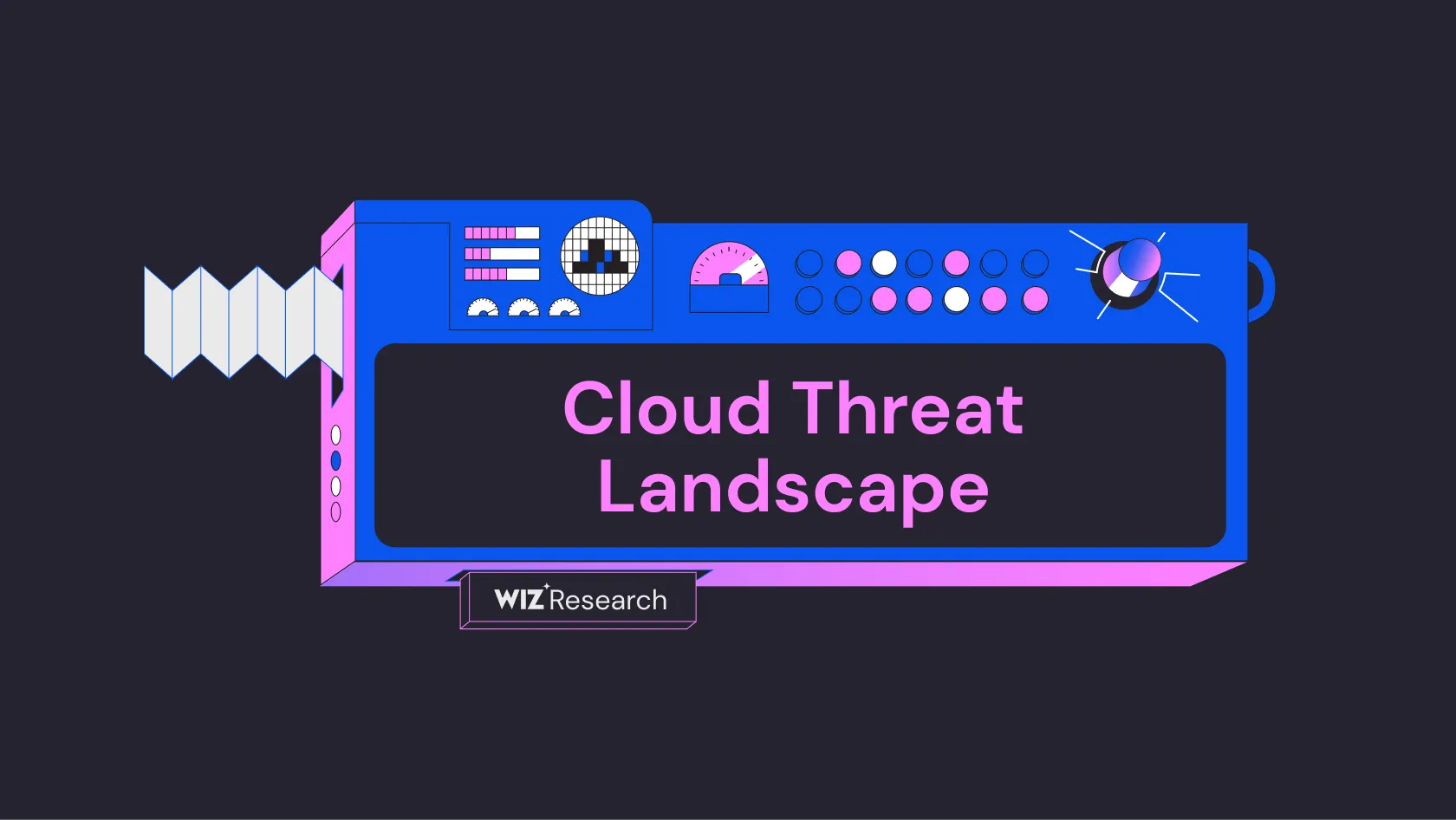
Cloud Vulnerability DB
An open project to list all known cloud vulnerabilities and Cloud Service Provider security issues
CVE-2025-21756 affects the Linux kernel's vsock (Virtual Socket) implementation. The vulnerability was discovered and disclosed on February 26, 2025, and involves a use-after-free issue in the socket binding mechanism. The issue occurs during socket destruction and transport reassignment processes in the vsock subsystem (NVD).
The vulnerability stems from improper handling of socket bindings during transport reassignment. The issue manifests in a sequence where: 1) vsockcreate() sets refcnt=1 and calls vsockinsertunbound() (refcnt=2), 2) transport->release() calls vsockremovebound() without verifying if the socket was bound and moved to bound list (refcnt=1), and 3) vsockbind() assumes the socket is in unbound list and calls _vsockremove_bound() leading to a use-after-free condition. The vulnerability has been assigned a CVSS v3.1 Base Score of 7.8 (HIGH) with vector: CVSS:3.1/AV:L/AC:L/PR:L/UI:N/S:U/C:H/I:H/A:H (CISA-ADP).
The vulnerability can lead to use-after-free conditions in the kernel's vsock subsystem, potentially resulting in system crashes, memory corruption, or privilege escalation. The issue affects systems using virtual socket functionality in the Linux kernel (NVD).
The issue has been fixed in the Linux kernel through a patch that preserves socket bindings until socket destruction. The fix modifies the vsockremovesock() function to check for SOCKDEAD flag before removing bindings and adjusts the order of operations in _vsock_release() (Kernel Git).
Source: This report was generated using AI
Free Vulnerability Assessment
Evaluate your cloud security practices across 9 security domains to benchmark your risk level and identify gaps in your defenses.

An open project to list all known cloud vulnerabilities and Cloud Service Provider security issues

A comprehensive threat intelligence database of cloud security incidents, actors, tools and techniques

A step-by-step framework for modeling and improving SaaS and PaaS tenant isolation
Get a personalized demo
“Best User Experience I have ever seen, provides full visibility to cloud workloads.”
“Wiz provides a single pane of glass to see what is going on in our cloud environments.”
“We know that if Wiz identifies something as critical, it actually is.”